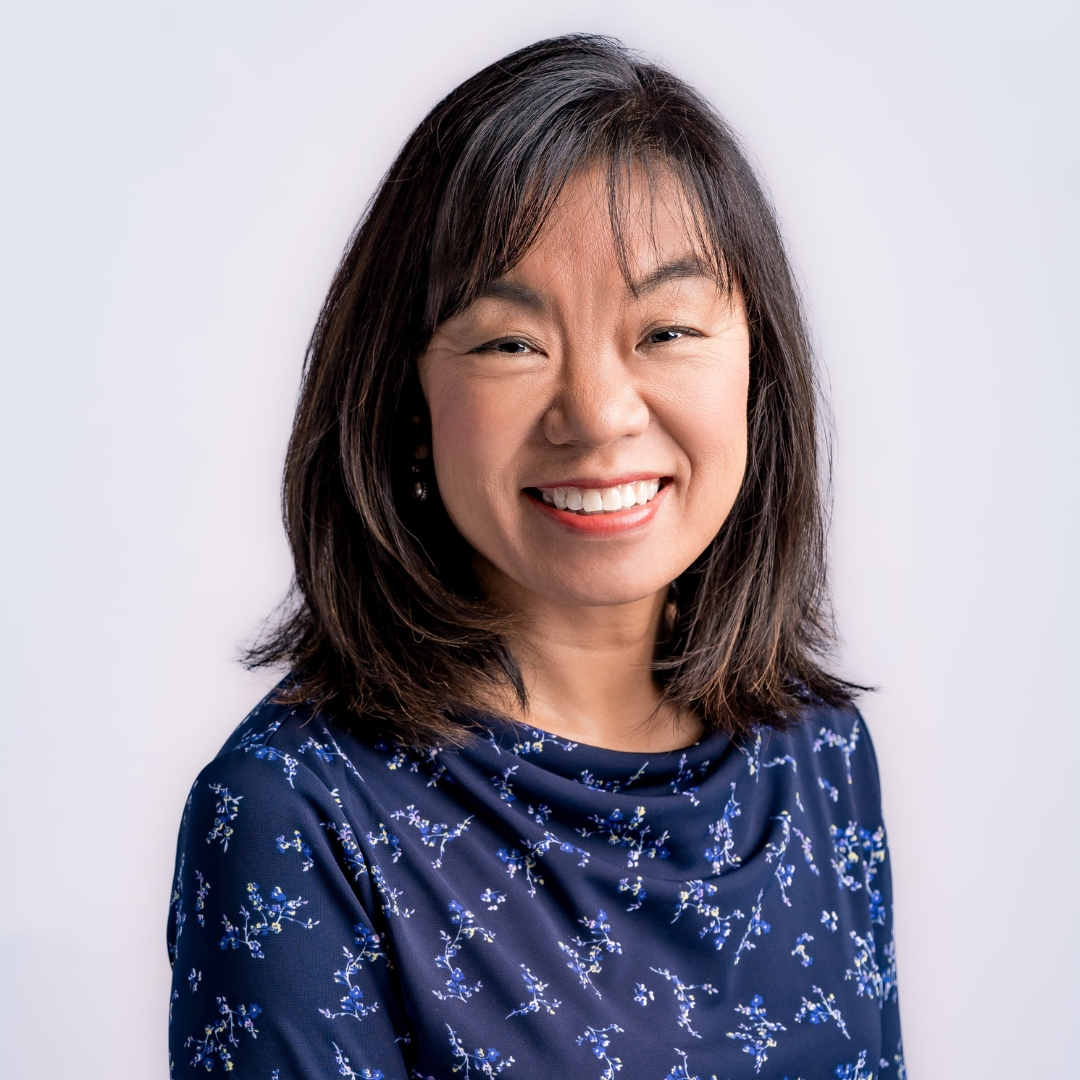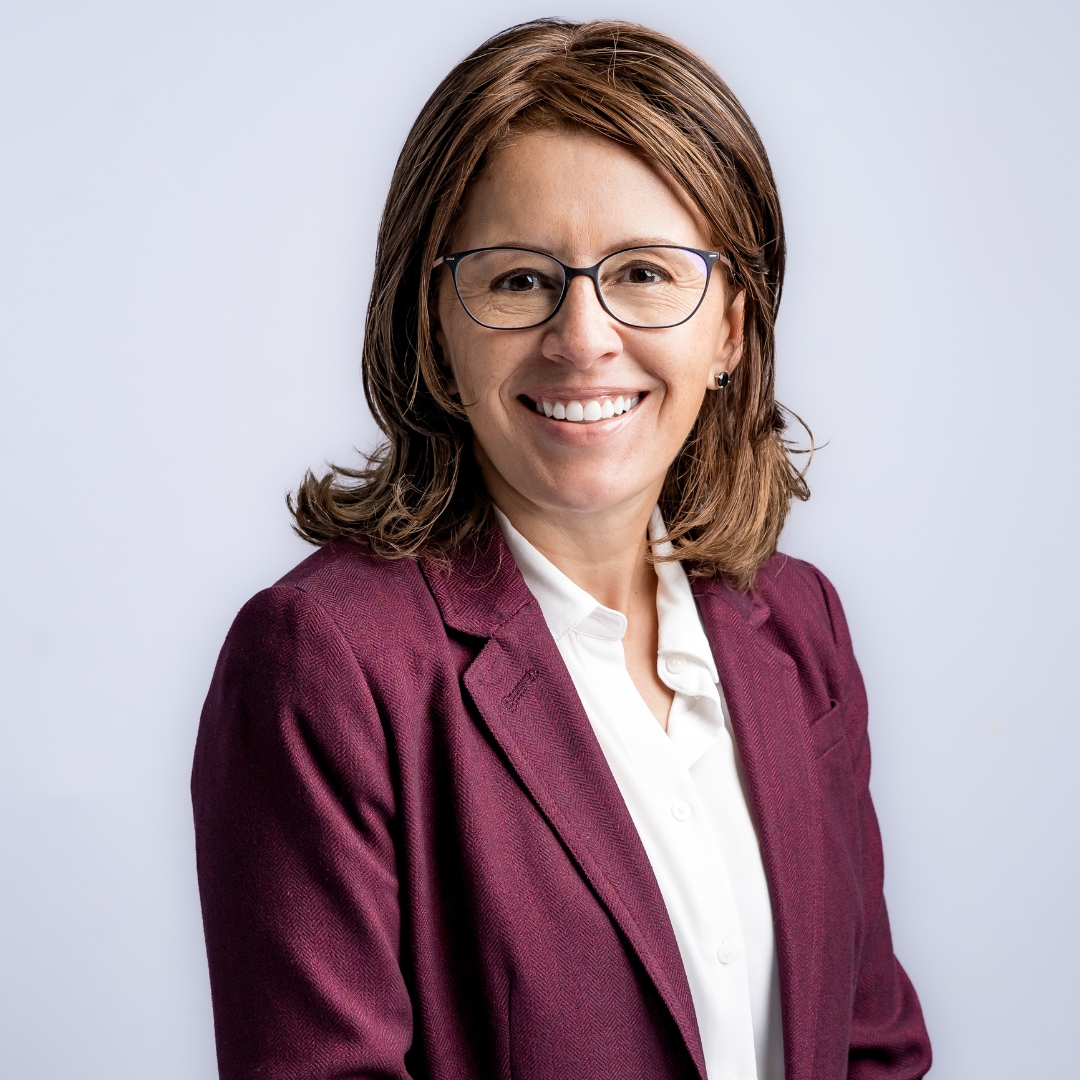
Mary (not her real name) was just a girl of eight when her mother fell ill. So ill that her mom no longer had the strength to dress, bathe, or feed her children. HIV consumed her body, and with it came the ugliness of incontinence and the loneliness of abandonment — first by her husband and then by her family who were repelled by the odor permeating the house.
For Mary and her younger sister, this was the start of a dark period of fear and isolation — fear that their mother would die in front of them and isolation as childhood friends ostracized them and the adults in their lives turned away.
The girls no longer attended school — the family could not pay the school fees and the stigmatization of AIDS caused the girls to stick close to home and limit interactions with others.
It was a local community health worker who noticed that she no longer saw the girls or their mother around their Kenyan village. Trained to spot the signs of a family in crisis, the health worker went to their home and returned week after week, building their trust. She eventually connected Mary’s mother to HIV treatment by paying for her bus rides to the closest clinic. For Mary and her sister, the health worker paid for their school fees and uniforms. She ensured they had nutritious food to eat and connections with other children and families affected by HIV, psychosocial support that helped the girls feel less alone and ashamed.
With regular antiretroviral treatment, their mom soon became strong and healthy. She resumed working, and with access to a small loan program to which she was connected by the health worker, she bought a freezer to keep the food she made and sold daily in the local market. Soon she had paid that loan back with interest to her women’s savings group and took out another to buy an even bigger freezer and expand her business. The money she made from her business she invested in her girls’ education, nutrition, and health.
Ten years on from those dark days, Mary is now grown and has a family of her own. She remains HIV-negative, has finished school, and has joined the food business with her mother, who is alive and well. They have five freezers between them. Mary’s extended family is also back in her life.
Mary’s transformation from despair to triumph is just one of the millions that make up the inspiring fabric of the United States’ HIV legacy in sub-Saharan Africa over the past two decades. George W. Bush’s President’s Emergency Plan for AIDS Relief, or PEPFAR for short, has supported 7.2 million orphans and vulnerable children (OVC) and their caregivers, including Mary and her mother and sister, with holistic interventions addressing the social and economic devastation of AIDS.
No other global health program has done more for children than PEPFAR. In addition to its ground-breaking “whole child” programs for OVC, PEPFAR has ensured that 5.5 million babies have been born HIV-free and has saved the lives of more than 25 million men, women, and children as of 2023.
Despite 20 years of providing hope and inspiration to millions around the globe and enjoying bipartisan support at the highest levels of government, from faith leaders, and from all ends of the political spectrum, PEPFAR’s future is in question. Even if Congress does fund PEPFAR, the “whole child” programs that set it apart from every other development and humanitarian intervention might sadly dissolve.
Unlike most other permanent aspects of the policy framework for PEPFAR, the orphans and vulnerable children section, which mandates at least 10% of PEPFAR resources be directed to OVC, will expire at midnight on September 30, 2023, unless Congress saves it. But to do so will require Congress to ignore baseless claims that PEPFAR supports abortion and cleanly reauthorize the program for the next five years.
PEPFAR has transformed AIDS from a death sentence into a manageable disease for the poorest people on the planet. It has saved and protected millions of babies and young children and ensured they had the support to grow up and thrive. It has also benefited our nation economically: Retired U.S. Air Force general Charles F. Wald recently said that for every dollar the U.S. invests in foreign aid, it gains $16 in not having to deploy troops and that PEPFAR is a particularly good investment. “I would venture to say the economic benefits [of PEPFAR] from not having to spend money is beyond anything anybody would imagine,” he said during a discussion around PEPFAR’s 20th anniversary. “I would say it’s hundreds of times the cost of the investment.”
PEPFAR also has boosted goodwill toward the United States, especially in Africa where the U.S. is currently competing with China for access to strategic partnerships, and kept us safer at home. According to the Bipartisan Policy Center, countries that have received PEPFAR support have had an average approval rating of the United States of 68% compared with the global average of 46%. PEPFAR has also played a role in promoting global security, stability, and good governance. According to World Bank data, since 2004, PEPFAR countries in Sub-Saharan Africa reduced political instability and violent activity by 40% compared with only 3% among non-PEPFAR countries in the region.
As a leading bipartisan voice for children in the U.S. and worldwide, First Focus on Children calls on Congress to act expeditiously to ensure a clean five-year reauthorization of PEPFAR. With 13.9 million orphans and countless additional vulnerable children worldwide, there is no time to waste.


